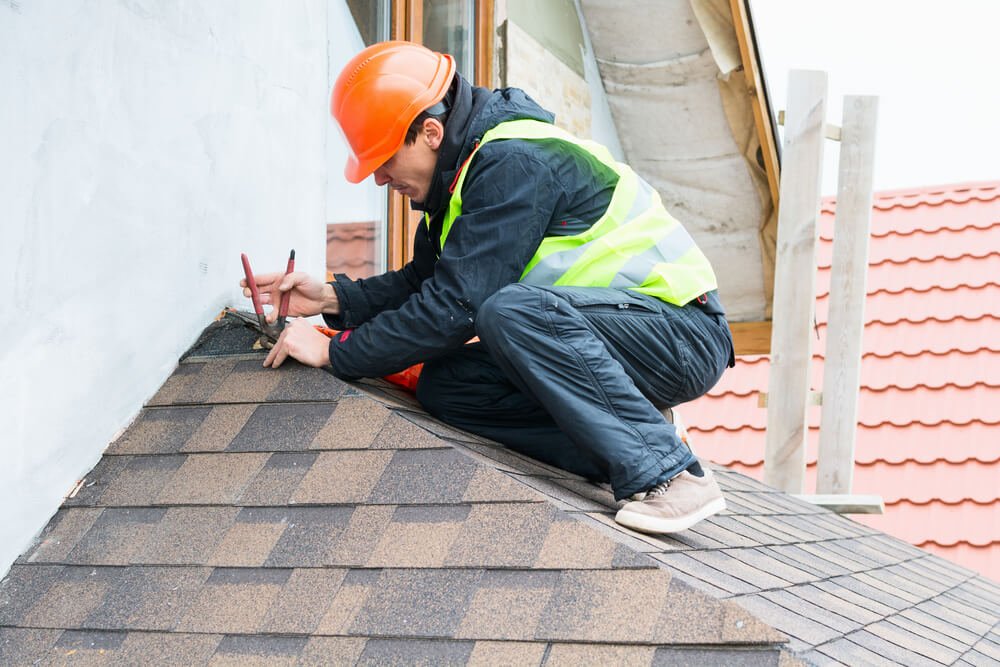Imagine spending months transforming your kitchen—new cabinets, a stunning backsplash, and appliances that hum with efficiency. But until you pass your final kitchen remodel inspection, that dream space isn’t fully yours. A passing grade here isn’t just a checkbox; it’s proof your updates meet safety codes and protect your investment.
Think of it as the finishing line after a long race—cross it wrong, and you risk delays, fines, or even redoing work. For instance, improper electrical wiring hidden behind new walls could flag the inspection, adding weeks to your project.
Even minor oversights, like skipping permits for plumbing upgrades, might cost you later when selling your home or filing insurance claims. This is why licensed contractors matter: their expertise ensures 100% compliance with codes, reducing risks.
With 50% of building inspectors potentially missing violations, a third-party inspection adds peace of mind. Passing isn’t just about today—it safeguards your home’s safety and value for years to come.
Your final kitchen remodel inspection isn’t just a formality. It’s your chance to confirm every detail—from electrical connections to ventilation—meets local codes. If your home is over 15 years old, hiring a licensed contractor ensures updates align with modern standards. Even small mistakes, like an improperly installed exhaust fan, could delay your project. But when done right, passing means cost savings: insurers often reward compliant work with better rates. A
nd with a 24-hour report turnaround from pros, you’ll know quickly if adjustments are needed. Remember, permits aren’t optional—kitchen renovations over $5,000 typically require them, and skipping them risks fines or even having to tear out work later. This inspection is your final safety net, ensuring your kitchen is both beautiful and built to last.
Understanding Kitchen Remodel Inspections
A kitchen inspection ensures your kitchen renovation meets safety and building codes. Knowing the kitchen inspection requirements helps avoid delays and costly mistakes. Here’s what you need to know.
What to Expect During the Inspection
Inspectors check every part of your kitchen renovation to ensure safety and compliance. Expect them to:
- Verify all plans match approved blueprints
- Check exterior walls, windows, and doors are sealed
- Confirm no exposed wiring or unfinished drywall
- Ensure appliances are securely installed and functional
Common Inspection Checklist Items
Inspectors follow a strict list. Key items include:
- Approved plans matching final construction
- Completed exterior grading and walkways
- Operable windows and doors
- Properly installed hardwired appliances
- Completed drywall and mud seams
The Importance of Compliance
Skipping inspections risks fines and safety hazards. For example, California imposes fines up to $15,000 for unpermitted work. Compliance protects your family and investment. Proper inspections also avoid future issues like water damage or electrical hazards.
Remember: Permits cost between $100 to $1,000, but avoiding them could lead to costs 10x higher in fines or repairs. Work with your contractor to meet all kitchen inspection requirements upfront.
Signs You Passed Your Inspection
Receiving a passing grade means your kitchen meets safety and code standards. Look for these clear signals: a signed permit card, verbal confirmation from the inspector, or a report marked “approved.” Here’s how to spot success and use feedback wisely.
Key Indicators of Success
- Functional systems first: Electrical and plumbing must work fully, but trim, paint, or cabinet doors can wait. No exposed wires—inspectors check this strictly.
- Structural compliance: Walls must be painted, drywall smooth, and egress windows fully operational. Gutters are required if near property lines.
- Partial but safe: Substantially completed projects pass. For example, plug-in appliances aren’t needed unless permanently installed. Focus on code-critical items like fire-rated walls or structural beams.
Understanding Inspection Report Feedback
Even if you pass, the report might note minor fixes. Here’s how to read it:
- “Approved” stamps: Look for official signatures or stamps on your final inspection checklist. A clean report means no red tags.
- Notes matter: Minor comments like “trim incomplete” don’t block a pass but highlight tasks to finish later. Use these as passing inspection tips for future projects.
- Keep the report: It proves compliance to insurers or buyers. Review recommendations to avoid delays in resale or financing.
Next Steps After Passing Your Inspection
Now that your kitchen inspection is complete, focus on closing out your project and ensuring long-term success. These steps will help you maintain your investment and plan future upgrades confidently.
Finalizing Your Kitchen Project
Start by obtaining your Certificate of Occupancy or Completion from your local building department. This document proves compliance with local codes and is vital for resale or rental. Settle all payments with your remodeling contractor, and request warranties for appliances and materials. Keep all permits, inspection reports, and receipts in a secure file for future reference.
Tips for Maintenance and Upkeep
Regular upkeep preserves your kitchen’s value. Schedule yearly checks for plumbing leaks and electrical systems. Clean exhaust vents every six months to avoid fire hazards. Use non-abrasive cleaners on surfaces to prevent damage. A simple checklist can help track these tasks, ensuring your investment stays in top condition.
Preparing for Future Home Improvements
Use this experience to streamline future home improvement projects. Document every step of this remodel, from permits to final inspections. Maintain strong relationships with trusted contractors, as their expertise can save time and costs later. When planning future work, start by checking local permit requirements—like those in Minneapolis, where permits can be secured quickly—to avoid delays.



